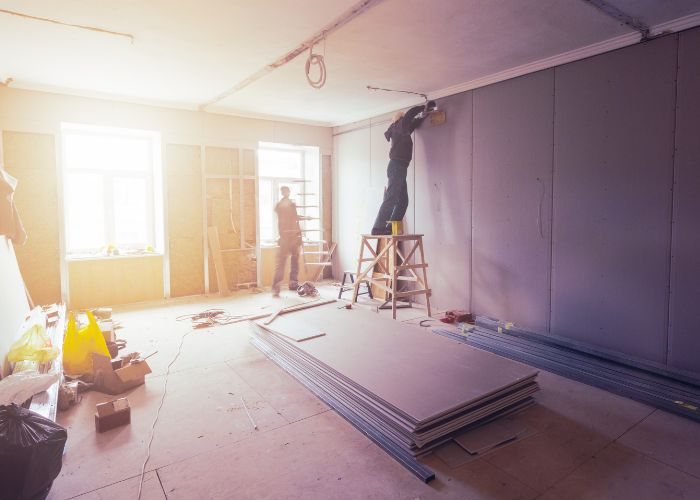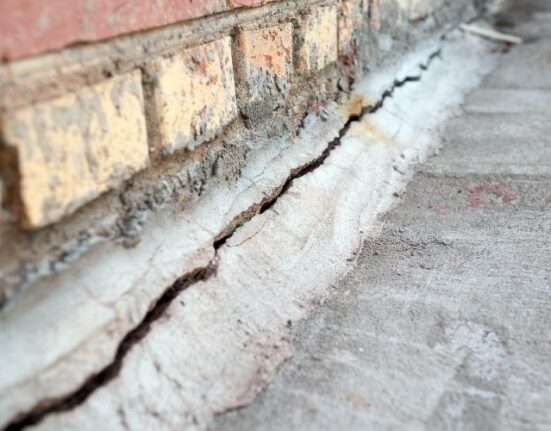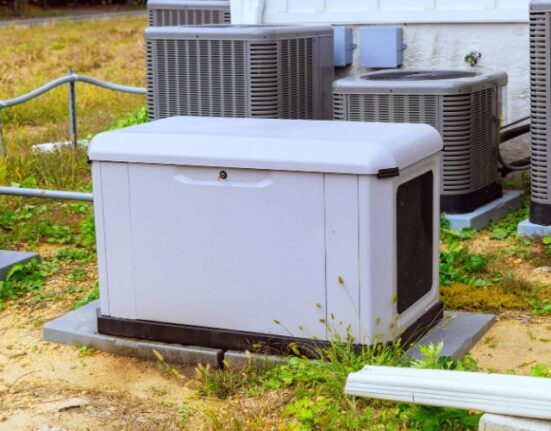Restoring an old home is a rewarding project for DIY enthusiasts and homeowners. However, without proper planning and attention to detail, the process can quickly become overwhelming. This guide will help you identify common mistakes to avoid when restoring an old home, ensuring a smoother and more successful renovation experience.
Skipping a Detailed Inspection
One of the most common mistakes is ignoring the importance of a thorough inspection before starting your restoration project. Many homeowners overlook hiring professionals to assess the property’s structural integrity and potential hazards.
Issues such as mold, water damage, and outdated wiring often remain hidden until they become costly problems. Conducting a detailed inspection helps you identify these concerns early on, allowing you to address them before they escalate.
Underestimating Work Requirements
Another mistake is underestimating the scope of work involved in restoring an old home. A detailed plan and realistic timeline are instrumental for managing expectations and avoiding unnecessary stress.
Homeowners often find themselves overwhelmed by the number of tasks required for a successful restoration. By breaking down the project into manageable stages, you will create a realistic roadmap that maintains progress while keeping the end goal in sight.
Overlooking Safety Protocols
Neglecting safety measures leads to accidents or exposure to hazardous materials during a restoration project. It’s essential to prioritize safety by equipping yourself with the necessary protective gear and knowledge.
For example, asbestos is commonly found in older homes, especially in insulation, flooring, attics, and ceiling tiles. Being aware of these areas allows you to take precautions and hire professionals if needed.
Neglecting Airflow Needs
Homeowners frequently overlook the need for proper ventilation during restoration work, leading to poor indoor air quality. Dust, fumes, and chemicals accumulate and pose health risks to everyone on-site. Ensuring adequate airflow by opening windows and using fans maintains air quality and creates a healthier environment throughout the renovation process.
Rushing Surface Preparation
Rushing through the preparation stage is a mistake that can affect the overall quality of your restoration project. Taking the time to clean, sand, and prime surfaces ensures a smooth and long-lasting finish. Skipping these essential steps may result in peeling paint, uneven textures, or poor adhesion of new materials, ultimately detracting from your restored home’s beauty.
Choosing Materials Haphazardly
Failing to research and use appropriate materials is another common pitfall when restoring old homes. High-quality, period-appropriate materials will preserve the original character and charm of the property.
Investing in the right materials enhances the authenticity of your restoration and improves the longevity of your renovation efforts. Make sure you consult experts and gather information on sourcing materials that align with the home’s historical context.
Restoring an old home requires careful planning, attention to detail, avoiding these common mistakes, and a willingness to learn from the experiences of others. By avoiding these pitfalls discussed here, you will transform your fixer-upper into a stunning and historically significant masterpiece.

















